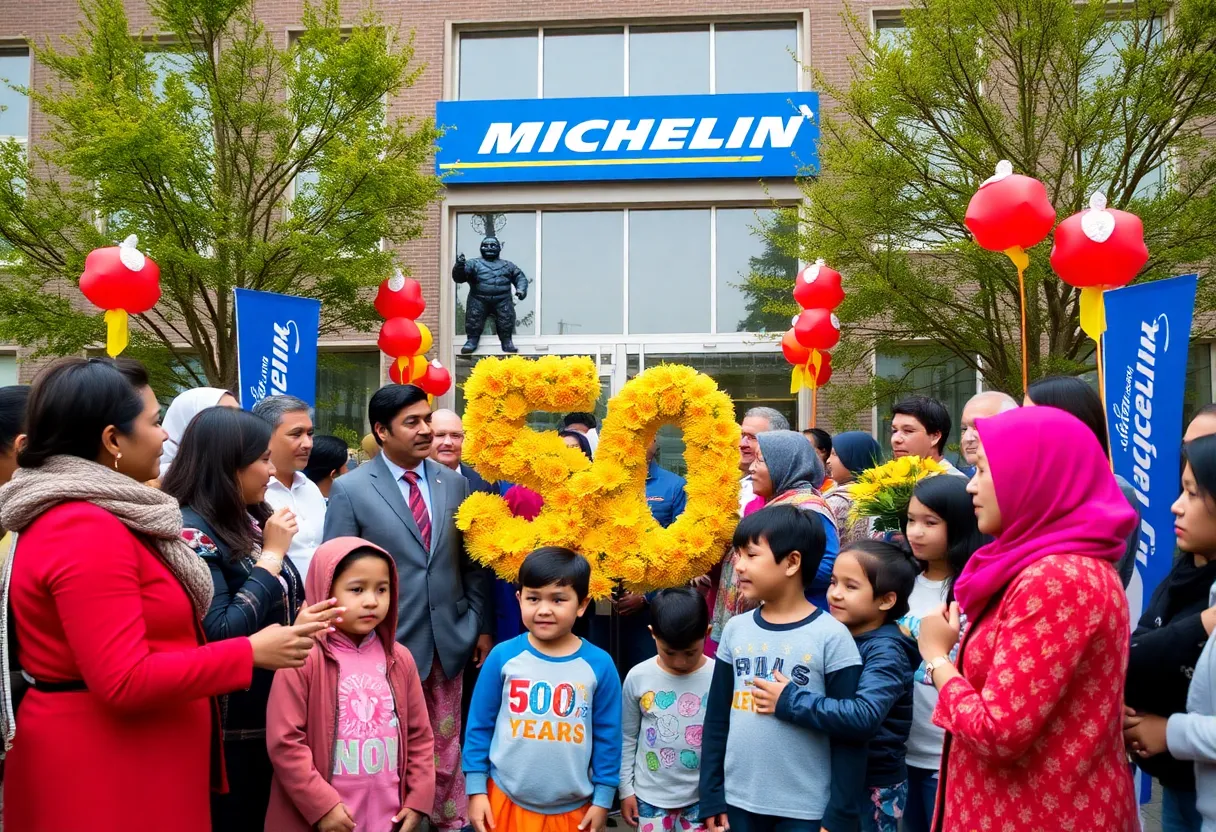News Summary
As media consumption evolves, traditional broadcasters are under pressure from social platforms and streaming services. The decline in pay TV subscriptions highlights shifting consumer preferences, with younger generations opting for affordable SVOD options. Traditional media must innovate to engage audiences amidst rising competition and economic pressures.
The Changing Landscape of Media and Entertainment in 2025
In recent years, the way we consume media and entertainment has seen a dramatic shift, with consumers now averaging around six hours a day dedicated to these activities. However, that number is likely to remain constant, as the competition for our viewing time is heating up. Traditional media companies are feeling the heat as social platforms gain ground in the battle for our attention— and ultimately, our wallets.
The Competition Heats Up
In the U.S., advertisers are feeling the pinch as media and entertainment companies vie for their share of ad spending, a hefty *half* of which is now shifting towards social video platforms. These platforms provide a cornucopia of free content while harnessing advanced advertising technology to lure viewers away from the conventional studios we’ve known for decades.
A Decline in Pay TV Subscribers
Taking a closer look at traditional pay TV, a stark decline in subscriptions has been documented, dropping from 63% to 49% in recent years. This trend illustrates a clear shift in consumer preferences, especially among younger generations. A whopping 23% of Generation Z and 18% of millennials are planning to ditch their cable subscriptions in the coming year, primarily due to the high costs associated with traditional services versus the more affordable options offered by Subscription Video on Demand (SVOD) services.
The Economic Pressure
With a median household income of $80,000 in the U.S., many consumers are now prioritizing essential spending over discretionary media subscriptions. This financial backdrop further complicates the landscape for traditional broadcasters, who are struggling to attract viewers while balancing rising production and marketing costs.
Innovative Solutions: Bundling and Collaborations
To tackle these growing challenges, traditional studios are exploring bundling strategies and collaborations that can help attract audiences while simultaneously offering lower prices. It’s a bid to remain relevant in a market where SVOD services and social platforms have gained a reputation for providing more engaging content and richer storytelling.
Cable Services Under Pressure
As we examine the current scene, cable and satellite television services continue to lose traction. Many subscribers express frustration regarding their costly packages, which average around $125 a month. In contrast, consumers can subscribe to four different streaming services for merely $69 a month. With such a disparity, it’s no wonder that more viewers are gravitating towards streaming services.
Value Perception and Subscription Trends
Despite the convenience that SVOD provides, recent research indicates that a significant 41% of consumers feel the content value isn’t worth the subscription cost, a five-point increase from 2024. Furthermore, the churn rate for SVOD subscriptions is remarkably high at 39%, showing that consumers are frequently reassessing the value of their subscriptions and often deciding to cancel.
Exploring Ad-Supported Options
In a bid to retain subscribers, many streaming services are now embracing ad-supported tiers to attract more viewers. As it stands, more than half of SVOD subscribers are now utilizing these ad-supported options, reflecting an increase of eight percentage points from the previous year.
Shifting Consumer Perceptions
The influence of social media ads also can’t be ignored. Many younger consumers—namely Generation Z and millennials—find the content they discover on these platforms to be far more relevant than traditional media ads. It’s no surprise then that social media content is increasingly where younger viewers turn for their entertainment.
Conclusion: A New Era for Media Consumption
As the media landscape continues to shift, traditional companies must innovate to hold onto their audiences. Audiences are actively seeking engaging content that aligns with their needs and preferences. It’s a fascinating time to witness how the world of media and entertainment is evolving, particularly as social platforms find their footing and change the discussion around what it means to consume content in 2025.
Deeper Dive: News & Info About This Topic
HERE Resources
Dior Takes the Crown in Digital Dominance as Ralph Lauren Rises in Luxury Fashion
Exciting Transformation: SEOST Digital Marketing Conference in Chandler, Arizona!
Exciting Digital Marketing Trends to Watch in 2025!
Exciting News in Digital Marketing: AdLift Joins Forces with Liqvd Asia
Kobe Digital Expands into Miami, Establishing New Office
The Growing Challenge of Budgeting for Digital Marketing in 2025
Venezuela Announces Repatriation for Deported Citizens
Charleston Residents Concerned About Rising Living Costs
Tragic Hit-and-Run Claims Life of Cyclist in Albuquerque
Rhonda Porter Inducted into Hall of Fame for Real Estate Excellence
Additional Resources
- Deloitte: United States Economic Outlook Analysis
- Wikipedia: Social Media
- Deloitte: 2025 Digital Media Trends
- Google Search: Digital Media Trends
- Deloitte: Thriving in Leadership Tension and Uncertainty
- Encyclopedia Britannica: Streaming Media
- Deloitte: Closing the Experience Gap
- Google News: Streaming Services Competition








